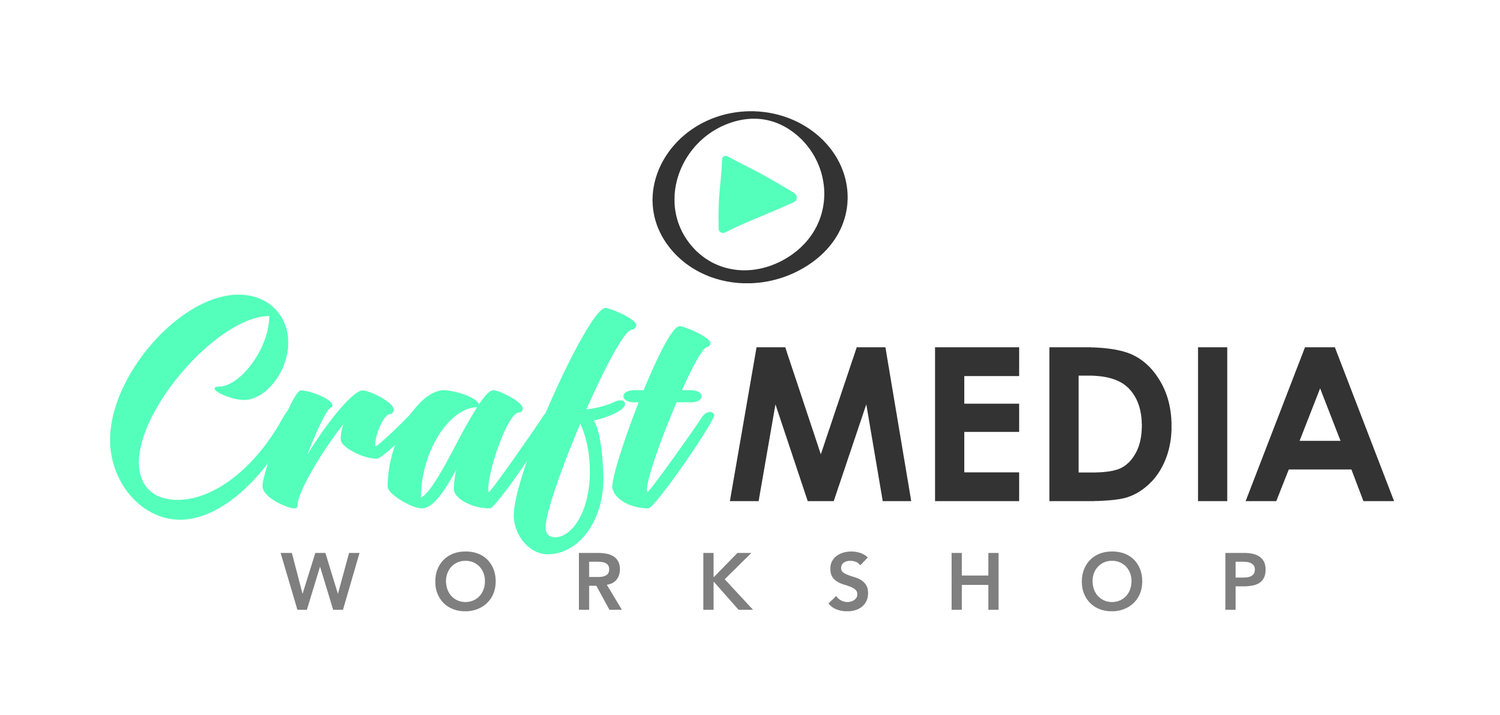Top four grammar errors on social media
/I confess - the handful of common grammatical errors I *often* see on social media make me cray-cray. Regardless of the overall quality, once I see a mistake, I need to work hard to take the rest of the post seriously. We all make stuff-ups from time to time and social media is a fast turn-around deal so it’s particularly easy to miss small errors. However, it’s worth putting some effort into getting everything right so you look on top of your game. To find out how - read on!
Using a software that helps you proof-read posts before you hit ‘share’ is a great safeguard. I use good old MS Word, then cut and paste into insta from Dropbox. It’s not sophisticated, but it helps me minimise dumba** mistakes. For other platforms I publish on my desktop computer, cutting and pasting directly out of Word.
However, grammar checks won’t always save your butt. Check the list below, figure out if any items apply to your writing and, if so, cut them from your life forever!
1) Using apostrophes when pluralising
It’s Tuesdays and Fridays, not Tuesday’s and Friday’s. This mistake makes my eyes bleed. I see it on websites all the time and it’s just wrong. The Oxford English dictionary makes it clear that apostrophes are only for indicating possession or an abbreviation. The only exception is when indicating plurals of single letters or single numbers. For example: ‘Mind your p’s and q’s’, ‘Find all the number 7’s’.
Basically, if you NEVER use an apostrophe when pluralising, you should be fine.
2) Using comma splices
A comma splice is where a comma is used to join two independent sentence clauses together. An independent clause is one that can stand alone as a sentence and still make grammatical sense.
Comma splice examples:
I like Instagram, it’s a great place to communicate.
Julie went to the mall, I met her there.
Basic fixes:
Use a full-stop instead of a comma
Use a semi-colon instead of a comma
Use a coordinating conjunction like ‘or’, ‘and’ or ‘but
Comma splice correction examples:
I like Instagram; it’s a great place to communicate.
Julie went to the mall. I met her there.
Julie went to the mall and I met her there.
3) Confusing ‘it’s’ and ‘its’
This is fairly easy to sort out. The possessive form of ‘its’ never takes an apostrophe. So, if your sentence makes sense when you write ‘it is’, then ‘it’s’ is what you need. If not, then you probably need the possessive form ‘its’, as in ‘its colour was a purplish-black’, or ‘the dark house kept its secrets’.
4) Confusing ‘you’re’ and ‘your’
This is essentially the same error as above, with a similar fix. If you can re-write the sentence using ‘you are’ and it makes sense, then ‘you’re’ is the version to go for. If you need the possessive, as in ‘your car’ or ‘your wounded pride’, then ‘your’ is the obvious choice. Fairly often I accidentally choose the wrong version when commenting on Facebook. I type too fast, late at night and then notice I’ve just made myself look a lot less educated. Thank god for the edit function!
If you routinely do any of the above, do *not* worry. First of all, you're in massive company. Loads of people do the same stuff. And second, grammar is a completely learnable skill, especially with electronic help in the form of word-processing, online dictionaries and grammar platforms. I like MS Word, yourdictionary.com, en.oxforddictionaries.com and Grammarly, which is a grammar-checking platform with a useful free option.
That said, if you ever want or need some fresh eyes on your writing, I'm available to kill all the bugs! You can get in touch here.

